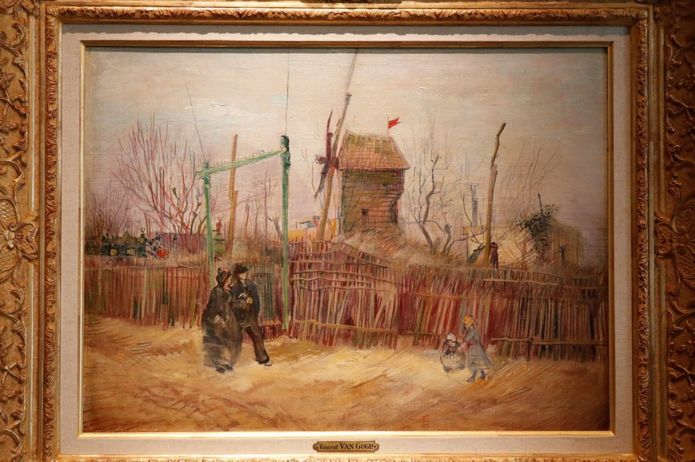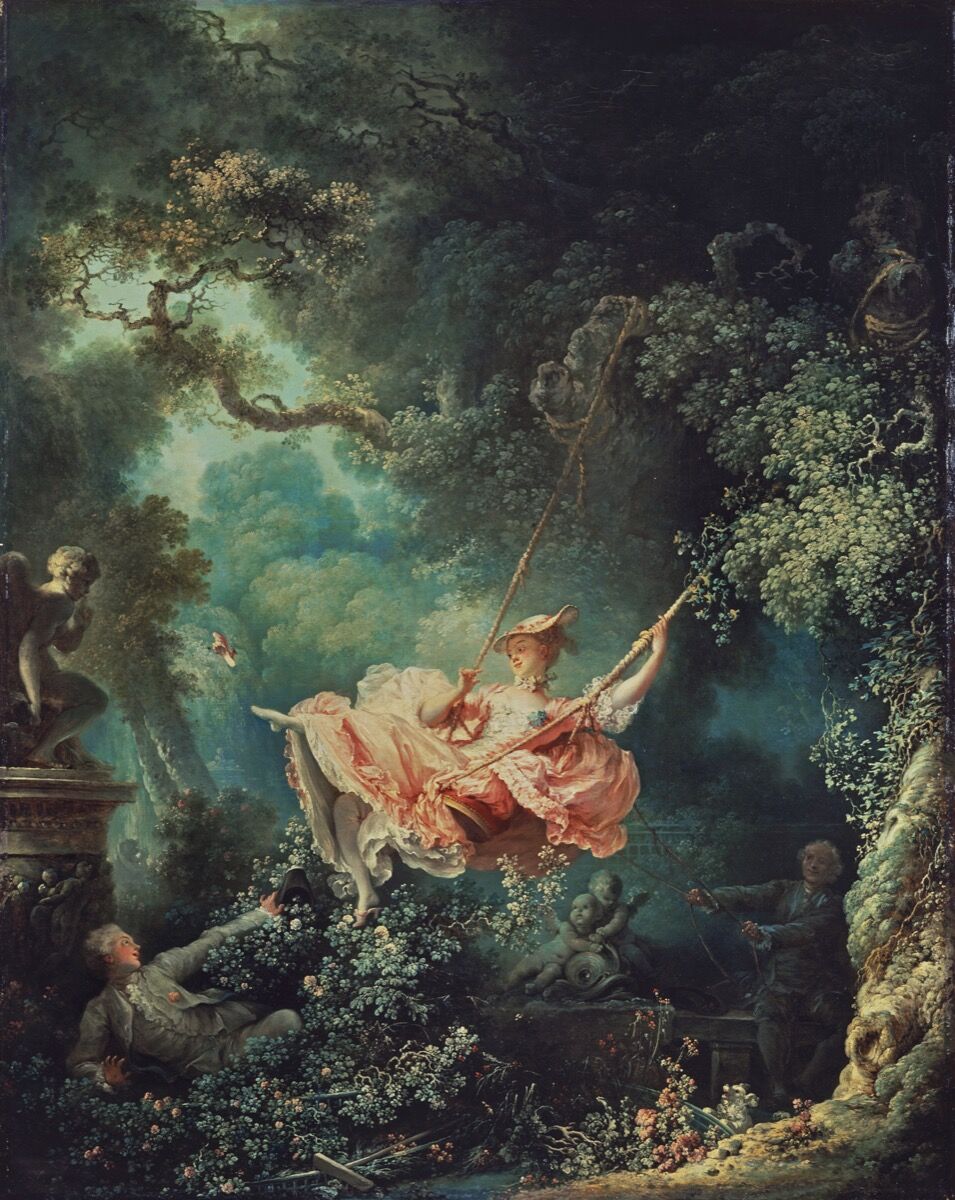I was going over some old posts which have grown with meaning over the years, especially those concerning the abandonment of traditional female attire for masculine clothing. Archbishop of Genoa Giuseppe Cardinal Siri made some excellent points in June 1960 when he composed his Notification Concerning Men's Dress Worn by Women.
It was written as a guide for the pastors and teachers of the Archdiocese of Genoa but is still worthy of consideration nevertheless by all mature Catholics. The cardinal did not think slacks
on women were immodest but feared they were a symptom of the eventual
and overall masculinization of women to the detriment of their role in
the family and in society. The cardinal was initially concerned about lady
tourists wandering around Genoa in slacks and Capri pants during the
summer of 1960 and influencing the women of who lived there to dress the same. The cardinal feared that masculine apparel donned by women would
effect the psychology of women, saying: "The clothing a person
wears...modifies that person's gestures, attitudes and
behavior...clothing comes to impose a particular frame of mind on the
inside." In many ways, his words were prophetic.
Cardinal Siri prophesied that the masculinization of women's attire
would alter their relationships with men, since the attraction between
men and women is due to their diversity; they complement and complete
each other. "If then this diversity becomes less obvious because one of
its major external signs is eliminated...what results is the alteration
of a fundamental factor in the relationship." The de-feminization of
women will diminish the relationships between men and women to "pure
sensuality, devoid of all mutual respect or esteem." The cardinal insisted the male dress would also harm the dignity of the
mother in her children's eyes. "What matters is to preserve modesty,
together with the eternal sense of femininity which, more than anything
else, all children will continue to associate with the face of their
mother." He mentions how the violation of the natural order,
even in small ways, leads to social disorder. "Aligned
on the wrecking of the eternal norms are to be found the broken
families, lives cut short before their time, hearths and homes gone
cold, old people cast to one side, youngsters willfully degenerate and,
at the end of the line, souls in despair and taking their own lives..."
All of the above has certainly happened since the sexual and
feminist revolutions of the 1960's and 70's. Women wearing slacks to
church was a minor change, although a cardinal of the Church seemed to
think that female attire plays no small part in the general scheme of
things.Here is an excerpt from Cardinal Siri's Notification Concerning Men's Dress Worn By Women:
Male Dress Harms the Dignity of the Mother in Her Children's Eyes
All children have an instinct for the sense of dignity and decorum of
their mother. Analysis of the first inner crisis of children when they
awaken to life around them before they enter upon adolescence, shows how
much the sense of their mother counts. Children are as sensitive as
they can be on this point. Adults have usually left all that behind them
and think no more on it. But we would do well to recall to mind the
severe demands that children instinctively make of their own mother, and
the deep and even terrible reactions roused in them by observation of
their mother's misbehavior. Many lines of later life are here to be
traced out and not for good in these early dramas of infancy and
childhood.
The child may not know
the definition of exposure, frivolity, or infidelity, but he possesses
an instinctive sixth sense to recognize them when they occur, to suffer
from them, and be bitterly wounded by them in his soul.
Let us think seriously on the import of everything said so far, even if
women's appearing in man's dress does not immediately give rise to all
the upset caused by grave immodesty.
The changing of feminine psychology does fundamental and, in the long
run, irreparable damage to the family, to conjugal fidelity, to human
affections and to human society. True, the effects of wearing unsuitable
dress are not all to be seen within a short time. But one must think of
what is being slowly and insidiously worn down, torn apart, perverted.
Is any satisfying reciprocity between husband and wife imaginable, if
feminine psychology be changed? Or is any true education of children
imaginable, which is so delicate in its procedure, so woven of
imponderable factors in which the mother's intuition and instinct play
the decisive part in those tender years? What will these women be able
to give their children when they will so long have worn trousers that
their self-esteem goes more by their competing with the men than by
their functioning as women?
Why, we
ask, ever since men have been men, or rather since they became
civilized, why have men in all times and places been irresistibly borne
to make a differentiated division between the functions of the two
sexes? Do we not have here strict testimony to the recognition by all
mankind of a truth and a law above man?
To sum up, wherever women wear men's dress, it is to be considered a factor in the long run tearing apart human order.
It seems the once unthinkable leap has been made from women causing
consternation by wearing slacks to women now being able to become men,
and vice versa. Not only adults, but small children can alter their gender at will. Confusion and mental illness reign, breaking down families, careers, communities.
Share




































